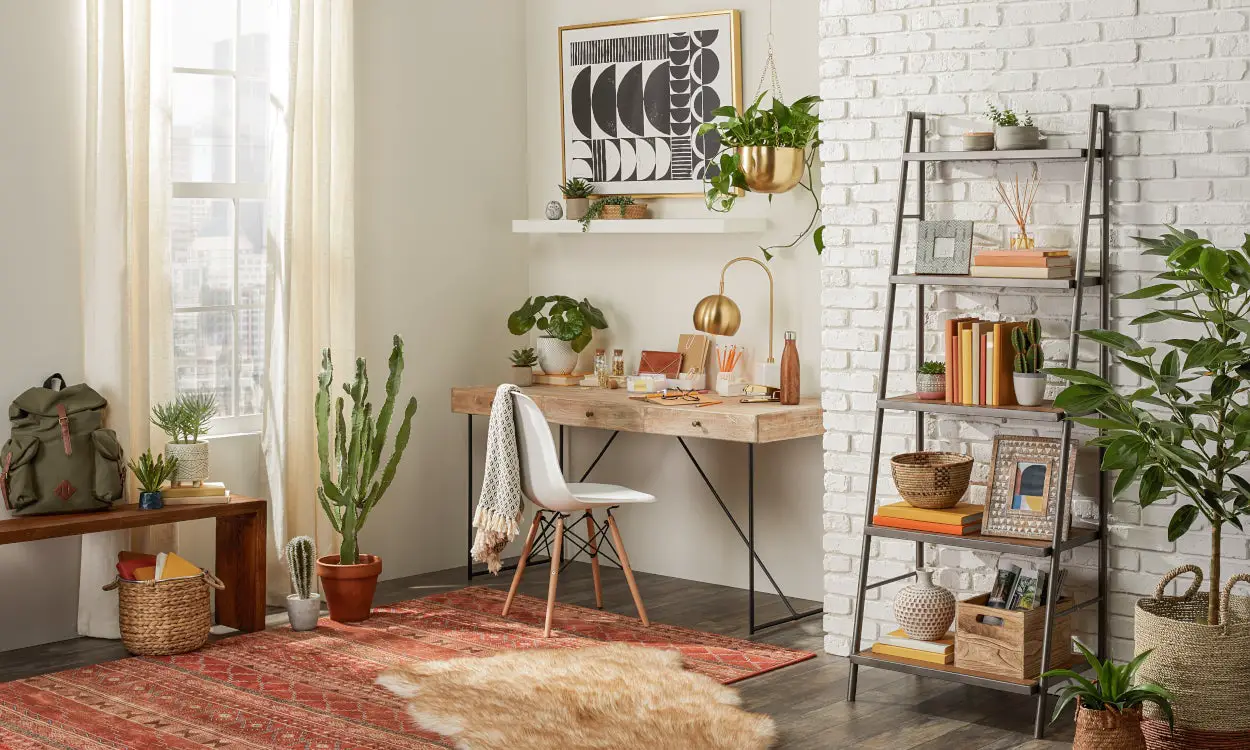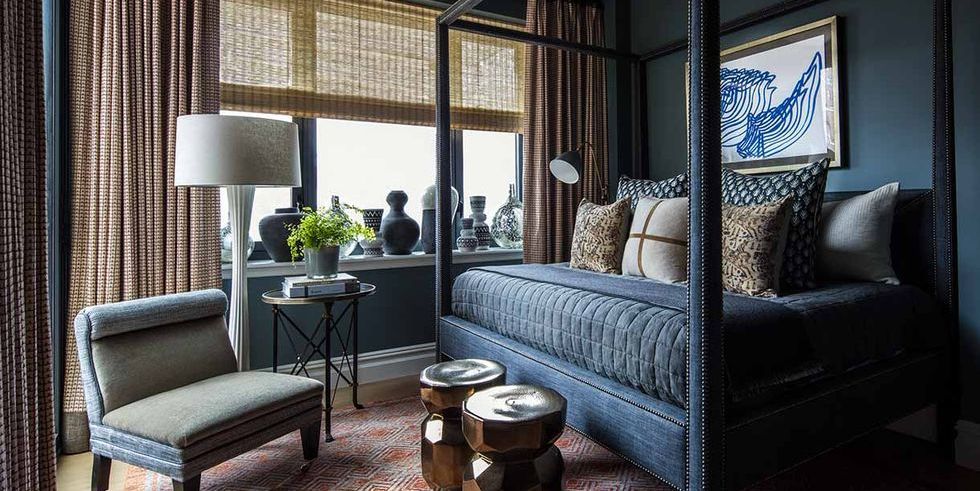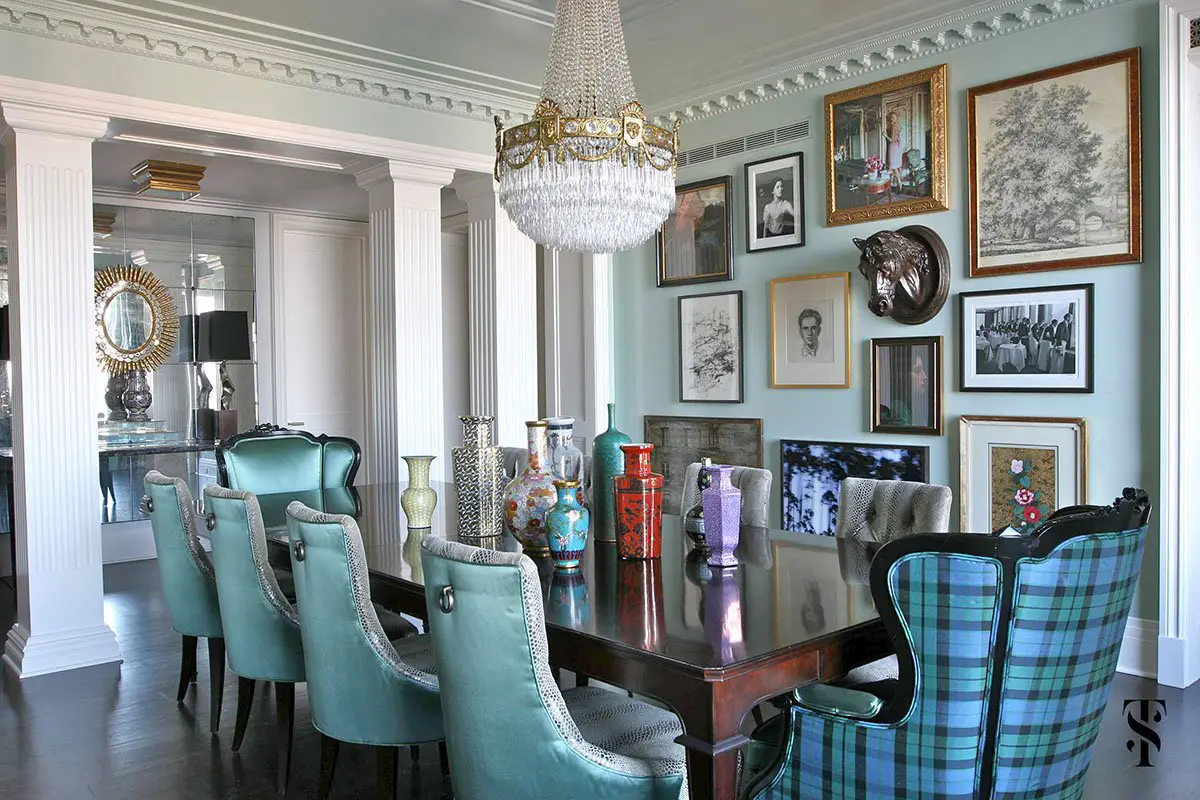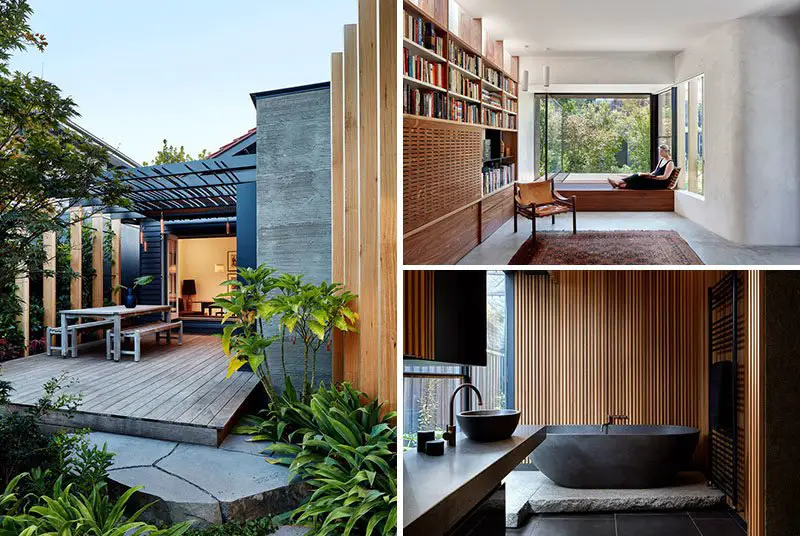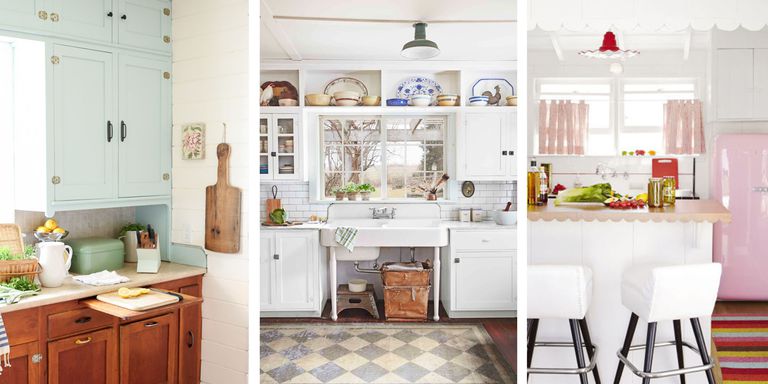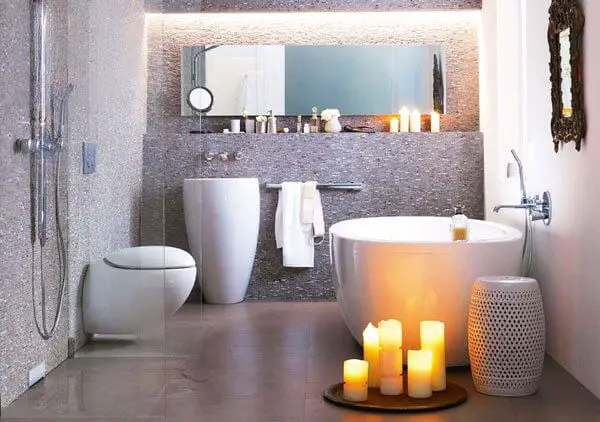Eccentric peach-coloured accents and funky patterned wallpaper. Plants in every nook and cranny strung from the ceiling using macrame. Antique wooden furniture and refurbished retro couches rescued from the dark corner of a second-hand shop somewhere and restored to their former glory. Shag carpet, table lampshades with coloured bulbs – and is that a vintage Volkswagen bus in the garage? You may be mistaken in thinking you’ve taken a trip back in time to 1976 but in fact, interior design trends have simply (once again) done a major U-turn.
Okay, so maybe we’re only dreaming of old Volkswagen combi vans. However, there’s no denying that 70s, salt-of-the-earth interior design evocative of old record players and Woodstock tomfoolery is back in fashion. In fact, it’s taken over the internet. It’s not hard to see why. The 70s was a time of individuality and self-expression. In all aspects of life, from clothing to interior décor, colour and patterns were used to create a vibrant, retro aesthetic that emulated the mood of the decade. Eventually, that quintessential 1970s flare would come to define the era and have people both young and old dreaming of Fanta-coloured shag carpet and beanbag chairs for years to come.
Is 1970s style back in fashion?
The good news is it’s back. From Pinterest boards filled with natural earthy hues and macrame plant hangers to Tik Tok videos displaying before-and-after interiors reminiscent of your baby boomer parents’ childhood homes, everybody seems to be hopping aboard this trend train – destination, funk.
Reintroducing natural elements reminiscent of the 70s into your home is about more than buying a house plant and a funky lampshade. The question on everybody’s lips is how you go about bringing it into your home. All aboard?
Choose bold walls and outlandish wallpaper
There’s no denying it – if you want to bring a true 70s aesthetic into your home, you need bright and bold colours. The colours you choose will depend on the aesthetic you’d like to go for, and the unique specifications of your home. For a subtle interior facelift, you could opt for mint or turquoise. However, if you really want to get that authentic funky aesthetic, it’s got to be a fiery orange or yellow – for real earthy, ‘hippy’ vibes, you could even choose a warm brown. Wallpaper is also a quintessential aspect of 70s décor. Paint three walls with your chosen colour, and then wallpaper the fourth wall with bright flowers, a colourful paisley pattern or bold geometric shapes. If wallpaper isn’t your thing, you could also nail wooden panelling to your feature wall for a distinctly retro look.
Get yourself some retro furniture
Retro furniture is the easiest way to incorporate 70s aesthetics into your home. Visit your local second-hand or antique furniture shop and pursue the items for chrome, glass and vinyl pieces. However, if you’re looking to subtly introduce a 1970s vibe into your home, wooden pieces might be your best option. In this case, you’d want to look out for furniture that has that quintessential 70s shape – look for curves and unusual geometric shapes that can complement your interior space. Wicker and colourful beanbag chairs were also hugely popular during the 1970s and can subtly enhance your interior décor without completely overwhelming the room.
For something a little more ‘in your face’, look for bold colours and patterns that compliment your new wallpaper or paint colour. Anything with leather, shag or even faux fur can also complete the look for a truly funky finish.
Layer your lighting
Lighting is especially important if you’re looking to foster a unique 1970s aesthetic – in fact, you could argue it’s the key to any interior space regardless of what look you’re going for. Unsurprisingly, lampshades in the 1970s were as bold and outlandish as the rest of the interior décor. For a truly 70s aesthetic, it pays to choose something truly unique for your lampshades.
To set the mood, layer your lighting with different lamps or candles at different levels of the room. For example, you could place a large candle in the centre of your retro coffee table, a table lampshade on your credenza and on the opposite side of the room place a tall floor lamp. Different lampshades can be used to angle the light around the room and create mood lighting.
Of course, there’s also your ceiling light. Often centred bang on in the middle of the room, your ceiling lighting can be used as the focal point of your space. The lampshade you use for this particular feature should be bold and attention-grabbing. You might go for chrome, or a bright, bold colour. Coloured lightbulbs can also transform a room. Go wild!
Accessorise with plants
Homeowners in the 1970s went mad for houseplants – more specifically, houseplants hung from the ceiling using macrame hangers. The popularity of houseplants and macrame plant hangers in the 1970s is often attributed to the global acceptance of bohemian style and was seen as a way to bring natural, earthly elements into interior spaces.
From a logical perspective, houseplants work to keep the air within your home fresh, circulating oxygen and inherently improving the air quality of your interior spaces. For that reason, houseplants have never really gone out of fashion. However, from a more aesthetic perspective, plants also accompanied the natural accents of the 1970s era perfectly. Think wood panelling, warm browns and oranges and geometric patterns. Open-plan living spaces also influenced the increasing popularity of indoor houseplants. The introduction of glass into 1970s architecture allowed homeowners to grow plants within their living spaces.
If you’re looking for a 1970s style for your home, then you can’t go wrong with plants. Like lighting, you can introduce plants into the different levels of your space for a full, layered look. Don’t forget to throw in a few macrame plant hangers for a truly funky, natural aesthetic – and of course, an iconic shag rug.
Conclusion
John Travolta in Saturday Night Fever, the iconic Volkswagen Split Screen Bus. Disco, shag carpet and freaky deaky wallpaper. The 1970s may be long gone but the style remains – and best of all, it’s back and better than ever.
From funky table lampshades to macrame plant hangers, there’s never been a better time to bring the groove back to your interior spaces whether that be a subtle ode to the era of funk or a completely outlandish floor to ceilings renovation.
